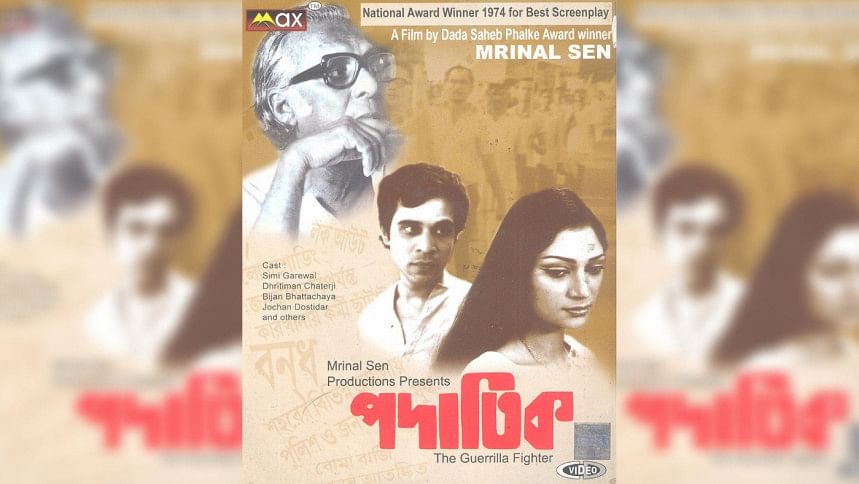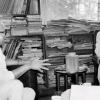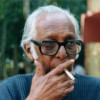Mrinal Sen’s ‘Padatik’: Of revolution and change

As the buzz surrounding Srijit Mukherji's upcoming biographical film "Padatik" continues to mount, now is the right time to revisit the original 1973 "Padatik" made by the maestro, Mrinal Sen himself.
Mrinal Sen's "Padatik" is the third instalment in the famous Calcutta Trilogy—Sen's movies centred around Kolkata in the backdrop of the tumultuous 70's. "Padatik" delves deep into the inner lives of the leftist fighters, the people at the core of the communist movement in West Bengal during that time.
The backdrop of the dying, old city muddled in problems is very alive in the movie. Much like our beloved Dhaka, its existence and functioning may seem like a miracle itself. The horrendous inequality and the rampant deterioration in standard of living that drives people to take actions are well curated in the movie.
"Padatik" is a true documentation of its time. With handheld camera shots, newspaper headlines and still images, the movie at times feel like a documentary—merging reality and acting. The brilliant performances of Dhritiman Chatterjee and Simi Garewal, who play the lead characters, add to the engrossing experience.
The film revolves around a fighter, who is hiding in a lady's apartment. As the leading characters interact, their lives unfold. The grim tales of Naxalite operations, police encounters, desolate families left at homes are all showcased in depth. The conflicts that were prominent among the then leftist parties and their clandestine operations are also well narrated.
The issue that this movement, despite being for a great cause, in fact ruined the lives of many foot soldiers is breached here. The main character start questioning the modus operandi of his party, as he ponders if their rebellious actions have any connection to the common man. But his questions are not well received, and the party demands only absolute obedience.
These leadership problems and disillusionment of the youth were the real issues related to the rebellion of the 70's, and Sen aptly reflects them on screen.
The lady, on the other hand, is an epitome of the educated Bengali working-class women of that period. Despite her professional success, the patriarchal abuse keeps haunting her. Hence, the movie hints at how the liberation of women was yet due at that time.
Changing attitudes towards women and evolving power dynamics are brilliantly captured in the movie as well. The perceptions of women towards these issues are also well portrayed, and their frustration on the hidden patriarchal control over seemingly independent issues is reflected properly.
The 70's was an era of revolutions. The Indian subcontinent, as well as the entire globe, witnessed many uprisings, movements and wars. The fierce struggles for justice have inspired generations of rebellions. But at the same time, they have left deep scars from the issues of the time.

 For all latest news, follow The Daily Star's Google News channel.
For all latest news, follow The Daily Star's Google News channel. 








Comments